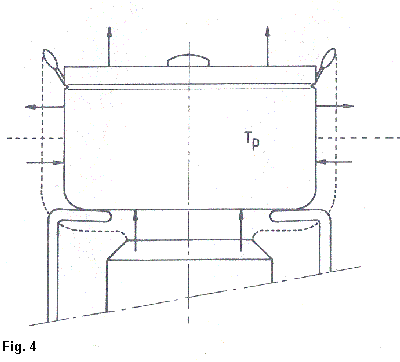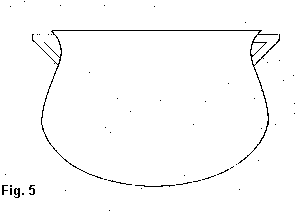
home
needs
local resources
comfort
safety & health
contact
reports
Quantity of food
The next ``box'' in the customer profile of figure 1 is the quantity of food cooked. This is simply obtained by knowing the family size. One way of doing this is to carry out a sample survey of the prospective clientele. A second approach is to take a look at the latest census data for the region concerned. A more rewarding approach is to look at the pans used by the prospective clientele for the stove. This approach kills two birds with one shot as it were. The shape and size of pans are important inputs to design from both process and mechanical considerations. The size of the pan is a very good indicator of the quantity of the food cooked. From time immemorial earthenware pots have been used for cooking. Well to do people replaced these with bronze and cast iron pans. In modern times pans are invariably made out of aluminium, stainless steel and cast iron.
The figures 1, 2 and 3 shows three generic types of pans - one from Southern Karnataka
(with a broad base and conical top, fig. 1), the popular flat bottomed pressed aluminium pan used
almost everywhere (fig. 2) and one from the Sahel (spherical bottomed
cast aluminium, fig.3).


